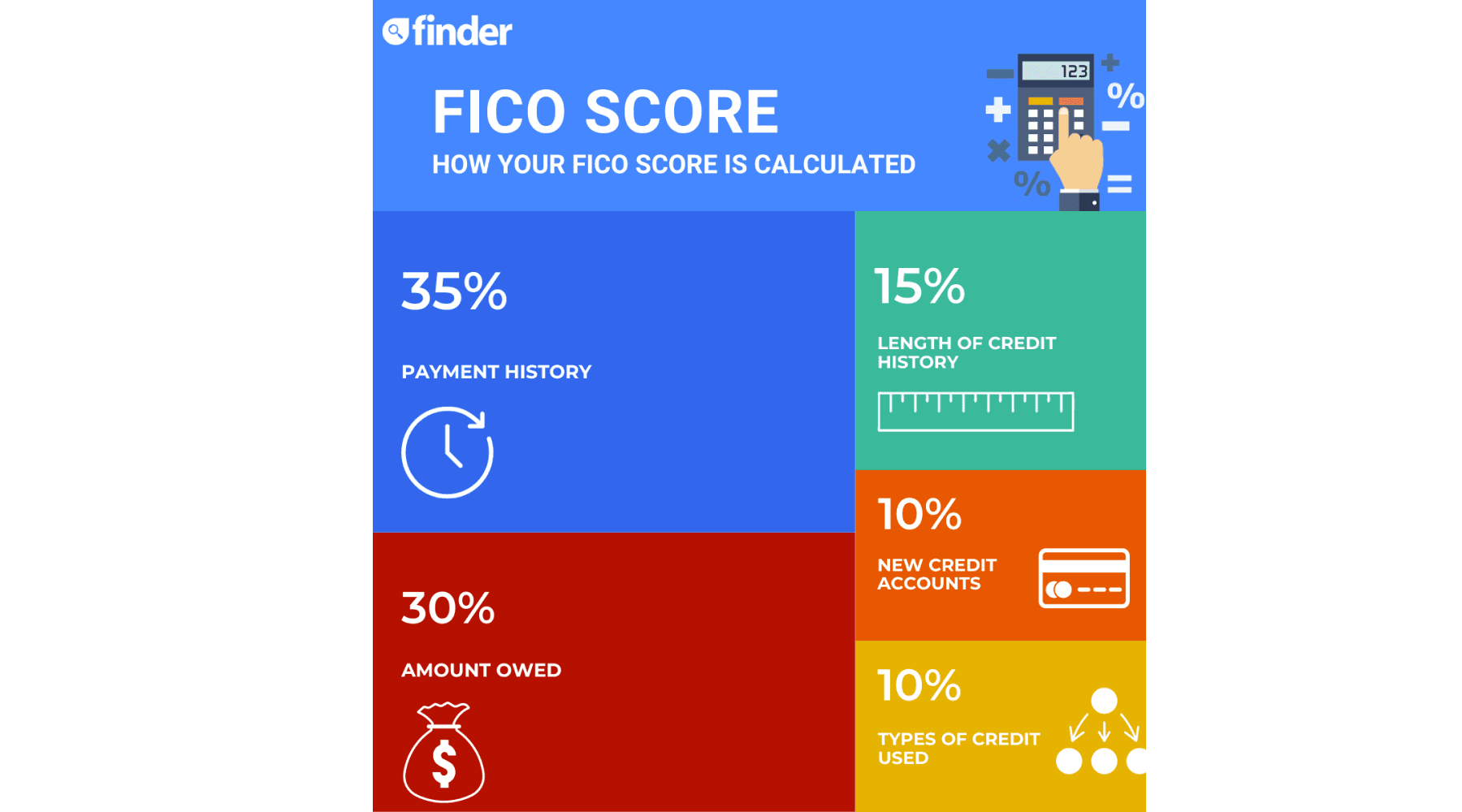-
Commitment to our readers
18 years
Helping you save money
Reviewed
by experts
Cited by
major publications
Finder maintains full editorial independence to ensure for our readers a fair assessment of the products, brands, and services we write about. That independence helps us maintain our reader's trust, which is what keeps you coming back to our site. We uphold a rigorous editorial process that ensures what we write and publish is fair, accurate, and trustworthy — and not influenced by how we make money.
We're committed to empowering our readers to make sound and often unfamiliar financial decisions.
We break down and digest information information about a topic, product, brand or service to help our readers find what they're looking for — whether that's saving money, getting better rewards or simply learning something new — and cover any questions you might not have even thought of yet. We do this by leading with empathy, leaning on plain and conversational language that speaks directly, without speaking down.
So what is a FICO score and how’s it calculated? Importantly, what’s a good FICO score to have?
What is a FICO score?
The FICO score is a three-digit credit risk score that data analytics company FICO, originally Fair, Isaac and Company, launched in 1981(2). Developed for the financial services industry as a way to standardize credit evaluation of potential borrowers, the FICO score has since become the most widely-used credit score in the US and an industry standard for lenders.
The three major US credit reporting agencies — Experian, Equifax and TransUnion — all use the FICO scoring model to develop their own unique version of the FICO score based on the data they collect on consumers.
The FICO score is one of two main credit scores in the US; the other being the VantageScore. Experian, Equifax and TransUnion launched the VantageScore in 2006 as a joint venture to compete with the FICO score(3).
2 types of FICO credit scores
FICO scores come in two main types — base scores and industry-specific scores. Every few years, FICO releases a new version of its different credit scores(4). Experian, Equifax and TransUnion all use base scores and industry-specific scores across credit card decisioning, mortgage lending and the auto industry.
The most common FICO score is FICO Score 8.
Here are the types of FICO credit scores and their different versions:
| Experian | Equifax | TransUnion | |
|---|---|---|---|
Versions used in auto lending | FICO Auto Score 9 FICO Auto Score 8 FICO Auto Score 2 | FICO Auto Score 9 FICO Auto Score 8 FICO Auto Score 5 | FICO Auto Score 9 FICO Auto Score 8 FICO Auto Score 4 |
Versions used in credit card decisioning | FICO Bankcard Score 9 FICO Bankcard Score 8 FICO Score 3 FICO Bankcard Score 2 | FICO Bankcard Score 9 FICO Bankcard Score 8 FICO Bankcard Score 5 | FICO Bankcard Score 9 FICO Bankcard Score 8 FICO Bankcard Score 4 |
Versions used in mortgage lending | FICO Score 2 | FICO Score 5 | FICO Score 4 |
Newly released versions | FICO Score 10 FICO Auto Score 10 FICO Bankcard Score 10 FICO Score 10T | FICO Score 10 FICO Auto Score 10 FICO Bankcard Score 10 FICO Score 10T | FICO Score 10 FICO Auto Score 10 FICO Bankcard Score 10 FICO Score 10T |
Source: FICO Scores Versions
How FICO scores are calculated

FICO scores are calculated based on five main factors:
- Payment history — 35%. This is your track record for making credit payments on time. At 35%, late payments can impact your score significantly, especially after the 150-day mark. At this point, creditors may charge off your account and send the unpaid balance to collections.
- Amounts owed — 30%. Using too much of your available credit and carrying debt from month to month could convey to lenders that you’re overextended, which could be interpreted as a high risk for default.
- Length of credit history — 15%. A longer credit history can boost your FICO score, especially if you’ve consistently paid your balances on time.
- Credit mix — 10%. Creditors look at your ability to manage different types of credit, such as credit cards, charge cards and mortgages. A mix of installment loans and revolving credit can enhance your score.
- New credit — 10%. New credit applications trigger hard inquiries on your report, which can stay on your credit report for two years. FICO only considers hard inquiries from the last 12 months, but many new applications could indicate to a lender that you’re desperate for credit.
What’s a good FICO score?
FICO scores range from a low of 300 to a perfect 850. A higher number tells lenders that you’re a dependable borrower and low-risk, resulting in a higher likelihood of approval, favorable rates and flexible terms.
Lenders uphold standards that vary across loan types and the company you’re working with, though you can get an idea of how you’re viewed using broad rating categories.
| Rating | How credit issuers see your score | FICO score range |
|---|---|---|
Poor | With a credit score well below the average score of US consumers, may be viewed as a high-risk borrower | Less than 580 |
Fair | Below the average score of US consumers, but many lenders will approve loans with this score | 580–669 |
Good | Near the average score of US consumers and most lenders consider this a good score | 670–739 |
Very good | An above-average score, this score demonstrates a dependable borrower | 740–799 |
Exceptional | Consider to be low-risk borrowers, with a credit score well above the average score of US consumers | 800+ |
How to improve your FICO score
With payment history and debt levels amounting to 65% of your overall FICO score, the best way to improve your score is to always make payments on time and in full. This demonstrates to lenders that you’re a responsible borrower and will have the greatest impact on your efforts to improve your score.
If you don’t have credit, prioritize establishing a credit file. Use options like secured credit cards, hybrid credit-building cards or becoming an authorized user on someone else’s credit card to create and build your credit history.
FICO score vs. VantageScore
While the FICO score is the most widely-used credit score in the US, the three major credit bureaus use both FICO and VantageScore scoring models when rating consumers’ credit. Both produce a score ranging from 300 to 850, but while they consider a lot of the same information, they calculate their scores differently(5).
Both use credit data for millions of consumers from the three main credit bureaus, but their factors and weightings of those factors are different. The VantageScore considers the following factors for its newest VantageScore 4.0 model:
- Payment history – 41%
- Depth of credit – 20%
- Credit utilization – 20%
- Recent credit – 11%
- Balances – 6%
- Available credit – 2%
Bottom line
To mitigate risk in lending, potential lenders and creditors leverage your FICO score and other tools designed to analyze and anticipate your future financial behavior. A high FICO score indicates to lenders that you’re responsible with credit, giving you a better chance of securing a loan, credit card or mortgage at favorable rates and terms. Since the FICO score is the most popular credit score in the US, it’s wise to understand what goes into its calculation and find your credit score to stay on top of your credit position.
Ask a question
More guides on Finder
-
Best Credit Monitoring Services of 2025
See a side-by-side comparison of the best credit monitoring services that track your credit report activity and alert you of changes.
-
Dark Web Monitoring: How It Works & Top Services
Learn how dark web monitoring works and compare top dark web monitoring services and tools that can help you stay protected.
-
Is Identity Theft Protection Worth It?
See how much identity theft protection costs and compare some of the best identity theft protection options.
-
LifeLock Alternatives
Greenlight, IdentityForce, myFICO, and Experian IdentityWorks are top LifeLock alternatives for seniors and families.
-
Kovo Credit Builder Review
Kovo Credit Builder helps you build your credit history for around $10 per month and reports to four credit bureaus. Many competitors do not.
-
8 Best Credit-Building Apps
The best credit-building apps include Self Credit Builder, Step, Fizz, Cred.ai, Cleo, Grow Credit and Credit Karma Credit Builder.
-
StellarFi Credit Building App Review
StellarFi is a credit reporting app that helps you build credit with bills you already pay. No credit checks are required and you won’t be charged interest.
-
9 benefits of having a good credit score
Improving your chances for better interest rates is just one advantage of having a good credit score. Discover more benefits in this guide.
-
5 Credit-Builder Loans with No Credit Check or Low Credit Requirements
Credit-builder loans improve your credit score with payments into a savings account. Self, Ava and MoneyLion are top examples.
-
11 Prepaid Credit Cards to Build Credit
Prepaid credit cards are secured cards that work like debit cards to avoid APR and build credit. Top options include Step, Current, Varo and more.
